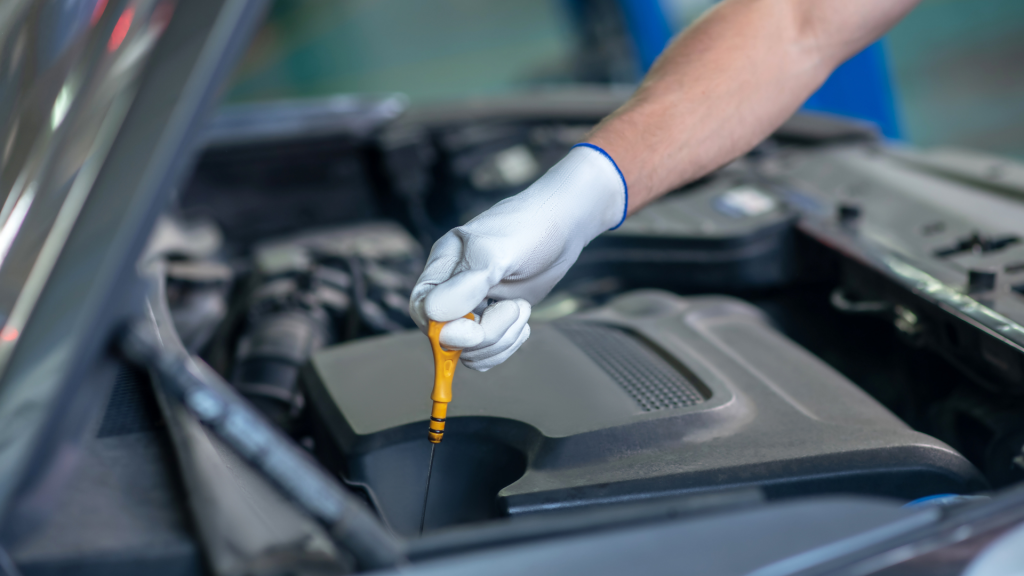
Oil level gauging advice is more important than many people think. Yet many car owners do not know exactly how to do it, or when it is necessary. In this blog, we explain to you step by step how to check the oil level yourself, what to look for and when to take action.
Engine oil lubricates, cools and cleans the engine. Without sufficient oil, parts can hit each other, overheat or jam. Too low an oil level is one of the biggest causes of serious engine damage. So regular checking is not a luxury, but essential maintenance.
The best times to measure the oil level are when the engine is cold or after about 5 to 10 minutes of idling so that the oil has sunk to the bottom. Ideally, check the oil level every 1,000 kilometers or once a month. Especially with older engines or with heavy use, such as city traffic or long trips, more frequent gauging is recommended.
Open the hood and look for the dipstick (usually yellow or orange). Pull it out, wipe it clean with a cloth, reinsert it all the way in and pull it out again. Now you can tell from the oil limit whether the oil level is between the minimum and maximum. Too low? Then you need to refill.
If the oil level is below the minimum, add small bits and check again and again. This is because too much oil is not good either; it can cause foaming and extra pressure on gaskets. Only top up to just below the maximum. Always use the correct oil, such as the Premium Performance 5W30 From Solution Oil.
Refilling oil is preferably done when the engine is not hot. A hot engine causes oil to flow faster, but also increases the chance of spilling or burning on contact. So always measure and fill at rest. If you have just driven, wait 15 minutes before checking or topping up.
If the oil pressure light is on, it's usually already too late. Stop immediately, check the level and top up as soon as possible. Do not start again until you are sure there is enough oil. If in doubt, have the car checked, because driving without oil can permanently damage your engine.
By regularly measuring and keeping up with the oil level, you will avoid major problems. Make it a habit and put a bottle of oil in the trunk as standard. In our webshop you will find top quality motor oil for every type of vehicle. You can read more about us on the about us page or view our background here in Weert.
1. How often should I measure the oil level?
Ideally once a month or every 1,000 kilometers. More frequently with heavy use or an older car.
2. Can I measure oil when the engine is warm?
Better not. Wait at least 10 minutes after driving so that the oil has returned to the crankcase.
3. What if my oil level is too high?
This can be harmful. In that case, have the excess oil drained or go to a garage.
4. What does the oil pressure light mean?
That there is insufficient pressure due to too little or contaminated oil. Stop immediately and check the level.
5. Can I just refill oil?
Yes, if you use the right kind. Always check the specifications in your car's instruction booklet.
6. How do I know which oil to use?
Use a reliable oil finder or check the instruction booklet. Or check the correct oil at solution-oil.com.
7. Can I mix different oils?
In an emergency, it can be done, but it is not ideal. Always use one type and refresh completely as soon as possible.
8. Is motor oil universal?
Definitely not. Oil must fit your engine, driving style and sometimes environmental standards. So pay close attention to specifications.